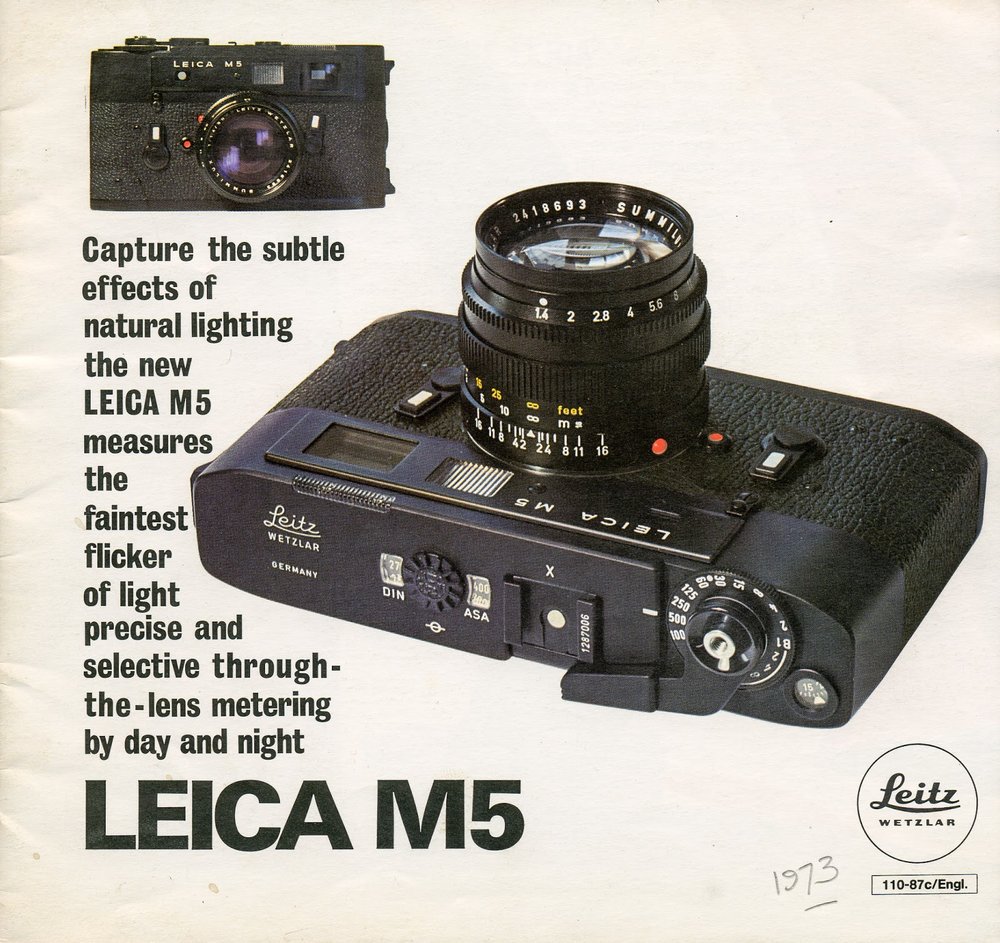
More on the Canon EOS M5 which I wrote about earlier today. Reader John Singuist added a comment which deserves wider recognition. He says:
I read somewhere that Canon omitted an M4 because of some Japanese supersition. Maybe they should have avoided M5 because of some German supersition. They could have gone for the M6 which sounds altogether better!
This tickled my fancy true enough. Strangely, the significance of M5 had completely eluded me. Canon jumped from the M3 to the M5 in the EOS sequence and we are told that there is a Japanese superstition against the number 4. Here is chapter and verse:
Besides unlucky years, there are also numbers that are considered unlucky in Japan. The number four is considered to be unlucky because the word for four is shi (四/し) closely resembles the word for death shi (死/し). Likewise, the word for nine ku (九/く) sounds similar to the word for pain and suffering ku (苦/く).
I can now understand this a bit more. It’s probably why there won’t be an iPhone 13 and possibly explains why Leica decided to stop at nine and go for plain old M. What Canon might not have taken into account is that M5 could have connotations in Germany. The poor old M5 was not a happy seller and it nearly brought the factory to its knees. The M6 put the rangefinder world to rights and it is still one of the most popular film cameras in existence.
Perhaps Canon should have read up on Leica history before pulling M5 out of the hat. But then it IS only superstition.
____________
- Subscribe to Macfilos for free updates on articles as they are published. Read more here
- Want to make a comment on this article but having problems? Please read this

Leica’s M5 was the worlds first rangefinder camera with TTL metering and as far as we Pro Photographers of that early 1970’s era were concerned. And to many of us serious rangefinder using photographers it still remains as being THE best ever M Leica. Nothing else Leica or otherwise gave the M5 a run for its money until the M6 came along, and that was quite a few years later. Calling Canon’s new camera might not therefore signal the kiss of death dare I say for we who rate picture taking above mere looks or fashion. Don Morley
I do know how much you liked the M5 and I have several other friends who are convinced it is the best Leica film camera. I haven’t tried one but I do know that they are becoming expensive to repair, unlike M3, M4 or M6 models. I wrote the piece rather tongue in cheek (why let facts get in the way of a good story?) and I’m glad it’s raised some controversy!
I notice that some Japanese people use the alternate ‘yon’ rather than ‘shi’ for 4. Thus an M4 would be an M Yon. This must also be part of the superstition. Maybe the M5 will now fit in with the long running Canon 5D series and will produce an M5 Mark II, Mark III etc. Who knows.
As my article earlier this year showed, the M5 can take good photos. Its handling and size were, however, the main things against it in the 1970s and the subsequent M4-2, M4P and M6 went back to earlier design principles.
Going back to the Canon M5, it could do with some nice small primes, such as Fujifilm have produced for its X range. The 35mm ‘normal size’ lens shown on a previous post dwarfs the camera. It is early days but the flapping mirror will, I feel, be a rarity in 10 years from now, just like the rangefinder is today. The gap between a smartphone and a full size professional DSLR is just too big and the obvious gap filler is a CSC with an EVF. The Leica SL shows that the formula can move up into the professional sphere and it is clear that is where the company intends to go. I would not be surprised to see Canon and Nikon going into that space in the next few years. I wonder will we still be using the term ‘mirrorless’ when most professional and enthusiast cameras have EVFs.
William
Nice Mike!
Check out Leica Rumors re a new cameras announcement in Singapore on September 30th.
Yeah, saw that. Might be something or nothing. Friday is an unusual day for Leica so don’t think it is a serious indicator. But then again……